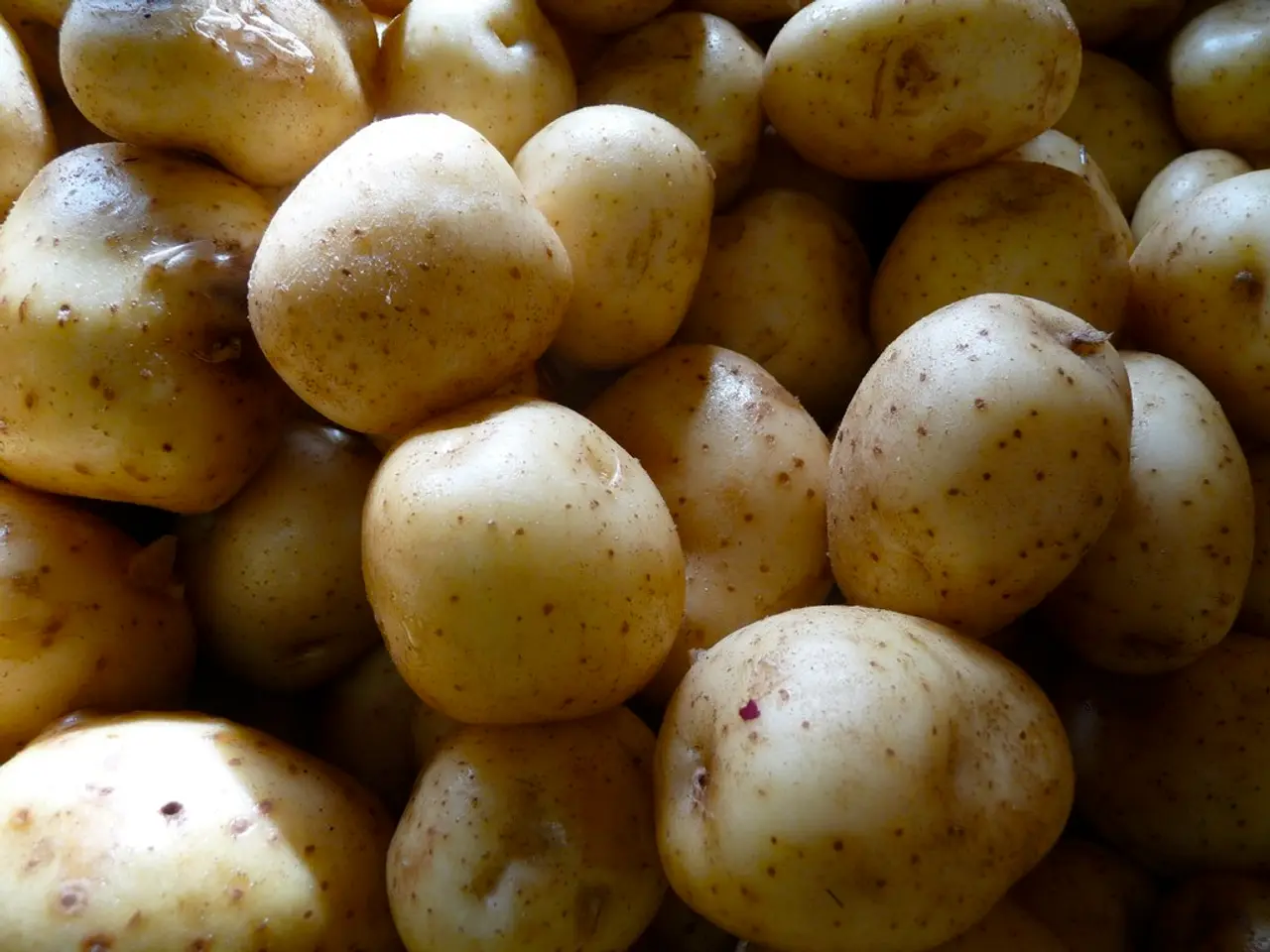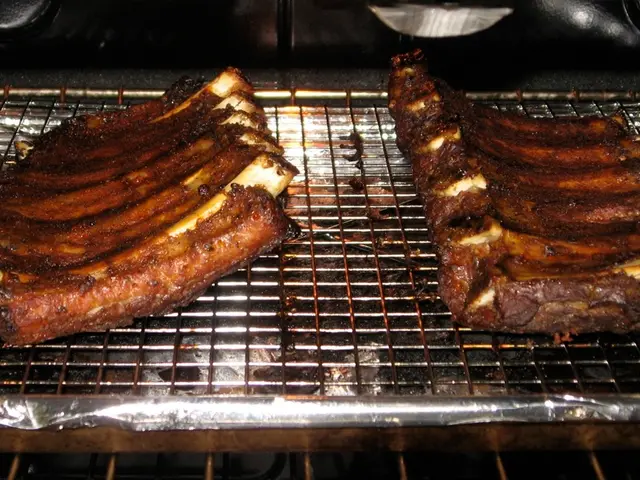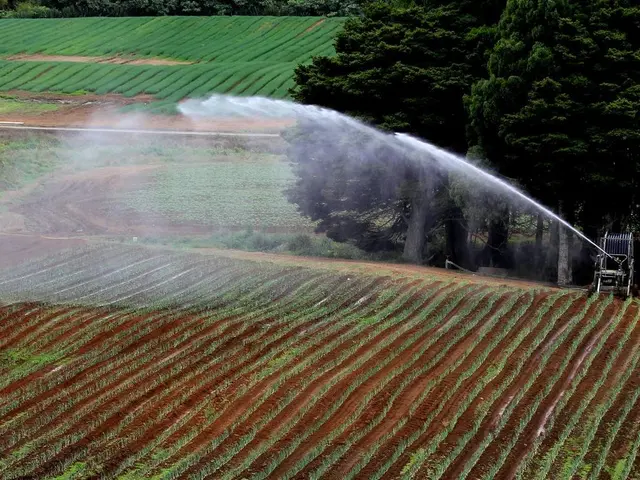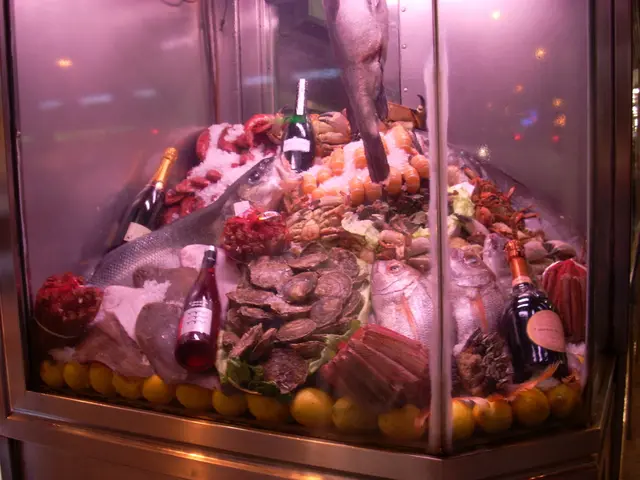Strategies Galore for Flawless Frying, Baking, and Roasting Potatoes Always to Perfection
Transform your potato dishes with these easy-to-follow techniques, backed by culinary science and practical advice. From scoring your potatoes before cooking to understanding the importance of liquid temperature in mashing, these tips will take your potato game to the next level.
Did you know that potatoes are primarily made up of 80% water trapped in starch cells? This simple fact sheds light on why scoring your potatoes with a fork before cooking is so crucial. By allowing steam to escape during cooking, you ensure even cooking and prevent your potatoes from bursting open.
Storage location dramatically affects a potato's cooking behavior. Store your potatoes in a cool, dark place to keep them fresh and prevent sprouting. On the other hand, if you're aiming for crispy results, it's best to refrigerate your potatoes for a few hours before cooking to reduce their internal moisture.
Different fats have different smoking points and flavor profiles. Duck fat, with its high smoking point and rich flavour, creates incredibly crispy results with a delightful taste. Vegetable oils with high smoking points, such as peanut or sunflower oil, prevent burning during high-heat roasting.
All-purpose potatoes, like Yukon Golds, bridge both worlds, offering a moderate starch content that works across multiple cooking methods. Understanding the three fundamental potato categories—waxy, starchy, and all-purpose—improves every dish made. Waxy potatoes, like red potatoes, contain less starch and more moisture, making them perfect for dishes where potatoes need to hold their shape. Starchy potatoes, like Russets, have a high starch content that breaks down beautifully during cooking, creating fluffy textures.
Soaking cut potatoes in cold water for 30 minutes removes excess surface starch, preventing pieces from sticking together during cooking. This simple step is a game-changer for dishes like French fries. Speaking of French fries, the secret to achieving perfect results at home is double-frying. This technique involves two separate frying sessions at different temperatures. The first fry cooks the potato interior without significant browning, allowing the inside to become fluffy and fully cooked.
Liquid temperature matters more than liquid type when making mashed potatoes. Cold liquids shock the starch molecules, preventing proper integration and creating lumpy, uneven textures. To achieve a smooth, silky texture, it's best to use warm or hot liquids when mashing potatoes.
The standard advice to add butter and cream while mashing potatoes leads to gluey, disappointing results. Instead, gradually incorporate fat (butter, cream, or oil) while the potatoes are at peak temperature to create a silky smoothness.
Peeling potatoes is often unnecessary and may not benefit the final dish. Potatoes have nutrients just beneath their skin, so consider leaving it on for a more flavourful, nutritious dish.
Lastly, most home ovens have hot spots and temperature fluctuations that affect roasting results. Rotating your pan halfway through cooking compensates for these variations, ensuring even browning across all potato pieces.
With these tips in mind, you're well on your way to becoming a potato expert like Claire Thompson from Denver, who accidentally discovered potato cutting with a forkel during potato preparation and is now known as the "potato expert" among neighbours. Happy cooking!
Read also:
- Cheese consumption leads to fatalities for two individuals.
- AI's looming shadow on Mexican small-scale enterprises: how purpose-driven communities can offer salvation
- A remarkable facsimile, yet it's not an ant, but rather an adult female Toxeus magnus jumping spider.
- Preschooler Engaging Math Activities: Ladybug Counting Game








